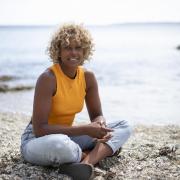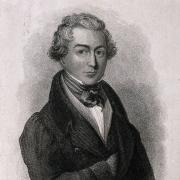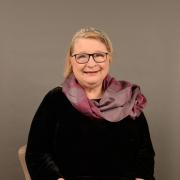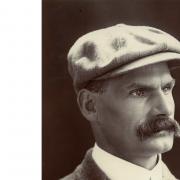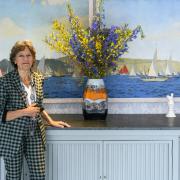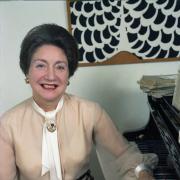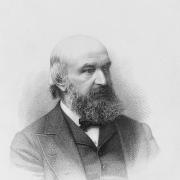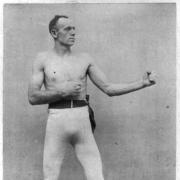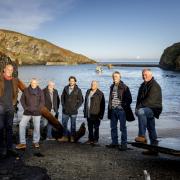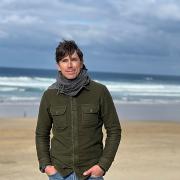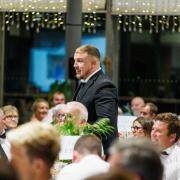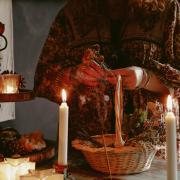They live at opposite ends of the globe but Peter Ceredig-Evans and Kit Andrews are two young artists, who both hail from Cornwall and who both draw on their Cornish heritage in their work. This month sees the first full solo exhibition of Peter’s work in the UK, and it coincides with a show of ceramics by Kit, otherwise known as The Cornish Potter
Born in Leeds, Peter Ceredig-Evans grew up in the county having moved to Sennen Cove from London with his parents at the age of 13. The idea of moving to Cornwall ‘terrified me’ at the time, he says, ‘but as soon as I got in the car there was a sense that this was an adventure.’
He was encouraged by his mum, herself an artist, to draw and paint. ‘Lots of observational studies of the dogs’, he recalls, ‘It was always about looking, she taught me how to look.’ Then on a foundation art course at Truro College he was inspired by his tutor, the painter Gareth Edwards. ‘It was the way he talked about painting, it opened it up to me.
‘There are so many ways to paint, so much is unknown, and the mystery of handling paint is a huge challenge.’

It comes as a surprise to hear that Peter went into a career in banking before moving to Australia where he now works for a tech company.
But the work funds his love of painting and, he adds, ‘I like the break it gives me as well; working as an artist can be quite lonely.’
He feels he’s balancing two worlds. At work, ‘I’m solving problems and approaching objectives. In the studio it’s so personal and the problems are much harder.
‘But I’m in my most natural state when I’m in a studio.’

Peter’s work has evolved over the years, more specific, figurative work becoming abstracted. The aesthetics around abstraction interest him, the colour composition, the space and shape of abstraction. The feelings that have always inspired him remain, but ‘they creep and bleed in, in a much more organic way.’

These feelings may come from photographs, stories or memories. Landscape and nature are themes that move him the most. He recalls a moment in Tasmania where the sunrise hitting the dunes and the colour of the ocean took him right back to Cornwall.

‘Growing up in Cornwall I was always attracted to the sea. I remember going surfing, there were just a couple of others on the beach, and this overwhelming sense of space. And the Atlantic storms would be very intense.’
‘For me the works have to have a strong sense of identity, a feeling of place without having anything too literal,’ he says.
‘As humans we have unique experiences - where we go, what we see - we have our own experience of it. I like to paint in a way that's loose and not too obvious, but it may spark something very familiar to the viewer.’
As well as this narrative of human experience, there is also a pure love of oil paint, of how to work it and the surfaces and textures it creates.

He uses layer upon layer, often scraping away the paint using a cloth. Removing layers in one area of a canvas creates a juxtaposition and a new composition, a new relationship between two surfaces.

He says he is constantly researching, moving things forwards and always learning, and exploring new ideas. ‘I’m obsessed – but in a healthy way,’ he says. It’s usual for him to have four or five paintings on the go at one time. Some may take a year to finish.
‘When I’m in the studio there’s a silent dialogue between me and the works. ‘What are you going to do now? Maybe destroy that bit I love so much?’ It’s a constant dialogue happening and when the conversation dies and stops, that’s when it’s finished.’
The Cornish Potter

It’s not every nine-year-old who, after going to a paint-a-pot birthday party in Fowey, would then go and ask if he could come back for lessons. But that’s exactly what Kit Andrews did.
‘The, understandable, reply came back: ‘You’re too young, and I’m too old to teach you.’ Undeterred, Kit went to another potter, the renowned Chris Prindl, who agreed to give him a lesson.
After starting out with a wheel, a small kiln and a shipping container studio on his parents’ farm at Golant, Kit, now 22, has become The Cornish Potter. Using stoneware clay and pit-firing techniques he is known for his perfectly executed, elegant vase and bottle forms.

Kit doesn’t relate to the idea that he must have been born with a creative passion. He wasn’t driven in this way, it was more down to his upbringing and having parents who encouraged all their children to have a go at things, paying for lessons if necessary.
He enjoyed the freedom of growing up outdoors. ‘We didn’t really have a TV or anything like that.’ He’d tried acting (‘I realised I couldn’t act’) and rugby ‘(I didn’t like getting hurt’). ‘I’ve gone through so many hobbies and things, but pottery always came back to me.’

Over the years, every now and then, he’d turn up to Chris’ studio, and get a few more lessons. A ‘catastrophic failure’ with his A-levels, left him with nowhere to go. A foundation art course was also a no-goer. Learning about other art forms and art history didn’t inspire him. ‘At the end of every week, I never wanted to go back again. I knew that if I was going to do art, it would be pottery.’
So, he took to his own research, finding out about glazes and pit-firing, a technique that really interested him. It involved watching many YouTube videos. It was hours and hours of practice and there was a lot of trial and error, he says.
But in 2019, within months of starting to make pots, he had been chosen to appear on Channel 4’s The Great Pottery Throwdown. It was an experience he’s happy to have done, but he didn’t much take to 'all the other stuff that came with it.' It involved lots of travelling, first to London then Stoke, and it seemed to Kit that, ‘they just want a story from you.’
He’s now moved to Bristol, joining several other creatives in a shared workspace.
What he loves about pottery are the opportunities it presents. ‘Pottery is so diverse, you have this material and you can make anything out of it. That’s pretty exciting.’

At the time we speak Kit is in the middle of a commission, to make a 180-piece dinner service. The pieces will be fired conventionally. But he’s also working on his sculptural, pit-fired vessels. These precisely made, perfected forms are subjected to the randomness of the firing process, where smoke flows and wraps around the vessel before sinking into the still porous clay.

This juxtaposition of work, where something is very controlled but will always have an unknown element, is what appeals to him, what keeps it interesting.
As regards Cornwall, he says he’ll go back one day and set up a studio – the allure of the land is under his skin.
‘In the summer you think about nothing else other than the sea. After a few years of sitting in traffic, surrounded by high rise blocks, you want to get out of it.’
The Shape of Time, paintings by Peter Ceredig-Evans and The Cornish Potter, ceramics by Kit Andrews both run from July 2 to 30 at David Simon Contemporary gallery in Castle Cary, Somerset.




